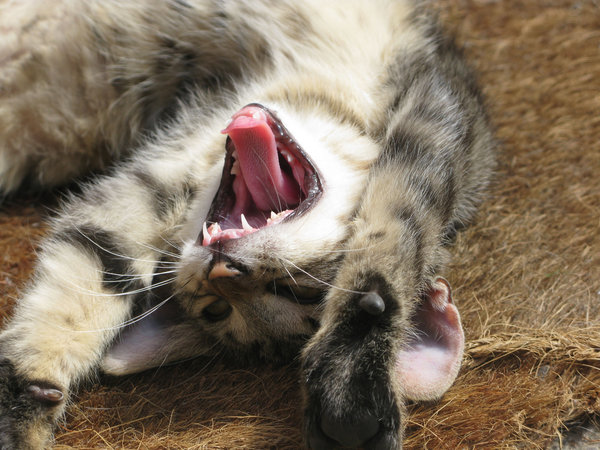Cat Litter Innovations: What's on the Horizon?
Cat Litter Innovations: What's on the Horizon?
Blog Article

Cat litter and litter boxes play a pivotal role in the lives of both felines and their owners. From the modest beginnings of sand and soil to the innovative improvements these days, the world of cat litter has evolved considerably. In this detailed guide, we look into every element of cat litter and litter boxes, exploring their history, types, advantages, obstacles, and whatever in between.
The history of cat litter go back centuries, with ancient civilizations utilizing sand, soil, and even ashes as primitive litter products. Nevertheless, it wasn't till the mid-20th century that modern-day cat litter as we understand it emerged. In 1947, Edward Lowe presented the world's very first business cat litter made from absorbent clay, changing the method felines relieved themselves inside. Given that then, cat litter has actually gone through many improvements, with the intro of clumping litter, silica gel litter, eco-friendly choices, and more.
Today, feline owners are spoiled for choice when it comes to selecting the right litter for their feline buddies. Standard clay litter stays popular for its cost and effectiveness in absorbing smells. Clumping litter, which forms strong clumps when wet, simplifies cleaning and upkeep. Silica gel litter, made up of extremely absorbent silica crystals, provides superior smell control and durability. Naturally degradable choices, such as recycled paper, wood pellets, corn, and wheat, appeal to environmentally mindful customers.
Each type of cat litter offers unique benefits. Clay litter stands out in its ability to soak up wetness and control odors, making it a reputable choice for lots of feline owners. Clumping litter simplifies daily scooping and extends the time in between total litter changes. Silica gel litter supplies remarkable odor control and can last longer in between replacements. Eco-friendly litters provide a sustainable alternative that decreases ecological effect.
While cat litter improves indoor feline hygiene, it is not without its obstacles. Dust from clay litter can present respiratory threats for cat litter alternatives both cats and humans, triggering the popularity of dust-free options. Some cats might develop litter box hostility due to problems with texture, scent, or tidiness, necessitating experimentation with different litters and box configurations. Multi-cat homes may need strategic litter box positioning and frequent upkeep to prevent territorial disputes and make sure all cats have access to tidy facilities.
Picking the appropriate litter box is necessary for cat litter promoting favorable litter box habits and general feline well-being. Elements to think about include size, accessibility, and design choices. Covered litter boxes offer personal privacy and help consist of odors, however some cats may discover them confining or frightening. Open-top litter boxes provide simple access and exposure however may lead to more litter scatter. Automatic self-cleaning litter boxes streamline upkeep but need routine monitoring and maintenance.
Proper litter box maintenance is vital for ensuring a clean and welcoming environment for both cat litter cats and their owners. Daily scooping eliminates waste promptly, lessening smell and discouraging litter box hostility. Routine litter replacement, generally every 1-2 weeks, avoids bacterial buildup and preserves ideal absorbency. Extensive cleaning with mild cleaning agent and water, preventing harsh chemicals that might deter cats from using package, should be performed monthly.
Cat litter and litter boxes play a main function in cultivating a healthy and harmonious relationship between felines and their human companions. With a diverse range of litter alternatives and litter box styles available, cat owners have the flexibility to customize their options to match their cats' preferences and home requirements. By comprehending the evolution, types, benefits, and difficulties of cat litter and litter boxes, animal owners can offer their feline good friends with a comfy and sanitary indoor environment.